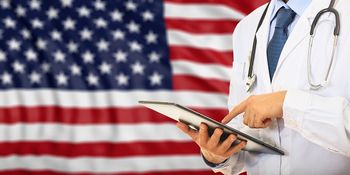
A new report from the CDC shows the story of COVID-19 is very different from one state to the next.

A new report from the CDC shows the story of COVID-19 is very different from one state to the next.

In its first treatment guidelines for patients with COVID-19, the National Institutes of Health says no specific therapy has yet been proven effective against the illness.

The US Centers for Disease Control and Prevention found early evidence that social distancing measures have had an impact on city’s efforts to combat the pandemic.
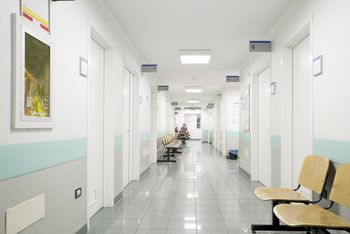
A new report finds positive trends in most categories of multidrug-resistant bacterial infections; however, the pathogens still cause more than half a million infections each year.
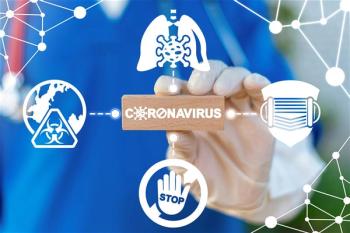
In a new editorial, 2 prominent physicians argue the incoming class of medical students ought to have their first year of medical school replaced with a year of public health service.
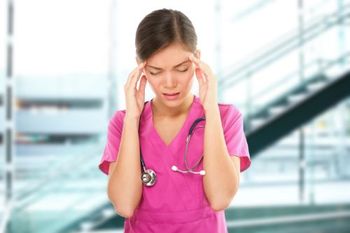
A new study adds another item to the list of things COVID-19 health care workers need to be concerned about: insomnia.
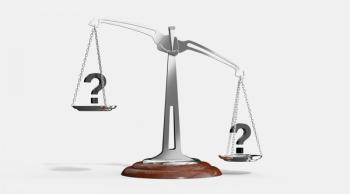
Social distancing and stay-at-home orders have helped slow the spread of COVID-19, but they have also had a drastic impact on the world’s economy. A new study finds there might be a middle ground.

It’s too soon to know whether the novel coronavirus will be seasonal, but a study of 4 other human coronaviruses finds all 4 peak in the winter and early spring.
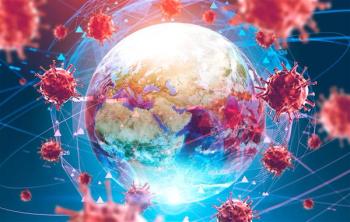
China may have been the early epicenter of COVID-19, but a new study finds Brazil’s outbreak is largely tied to travel from Italy.
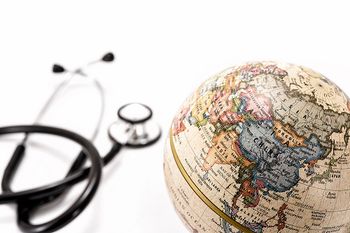
A new analysis of COVID-19 pneumonia deaths shows ICU space was insufficient, and comorbidities were a major factor.
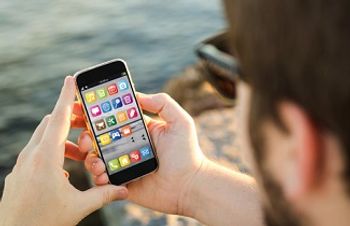
As governments and tech companies rush to find ways to use technology to track the spread of the novel coronavirus, a new paper cautions governments against going so quickly that they ignore privacy concerns.
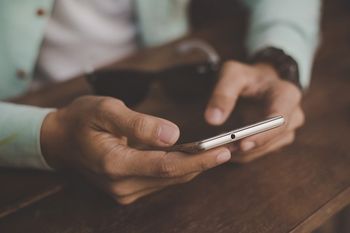
Investigators from the University of Oxford say a mobile app could quickly identify contacts of persons infected with COVID-19 and alert those people of the need to self-isolate.
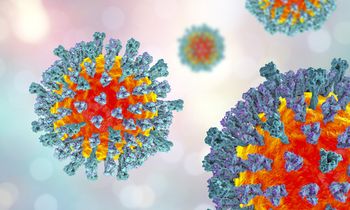
The differences do not mean that the measles vaccine is ineffective.
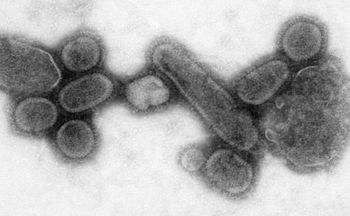
A new analysis of the 1918-1919 Spanish Flu outbreak shows cities that were faster to outlaw public gatherings had lower mortality rates, according to a new review article.
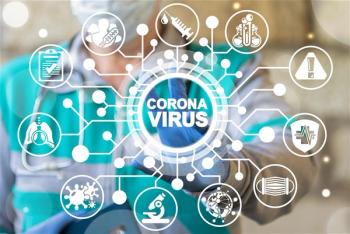
As communities around the world race to treat patients with COVID-19, a new problem is emerging: how to deal with the rise in fatalities.

Christina Tan, MD, MPH, from the New Jersey Department of Health discusses COVID-19.
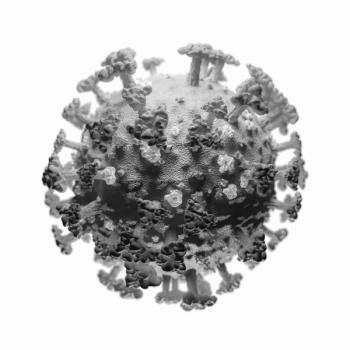
In a new editorial a team of engineers and computer scientists argue that the current pandemic moment ought to serve as a wake-up call for society and the public health community to embrace the opportunities of robotics.
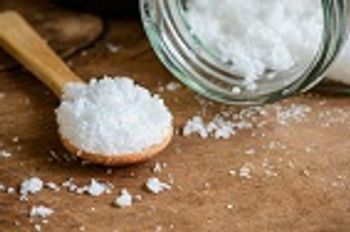
Too much salt is broadly considered bad for the body, though some studies have suggested it can aid the immune system’s response to infection. New research contradicts that notion.

A new analysis of a cruise ship quarantined after passengers tested positive for COVID-19 finds food service workers were at the highest risk.
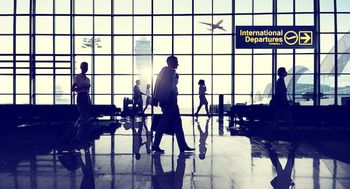
An analysis of Iranian air travel and COVID-19 cases suggests the country’s official estimates of early COVID-19 case counts were likely far too low.

In Singapore, it’s much easier for clinicians to order COVID-19 testing. The country also has aggressive surveillance in place. The results of those tactics are the subject of a new report.
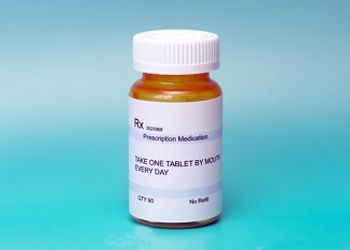
The vast majority of patients with a documented penicillin allergy are not actually at risk from the antibiotic. New research aims to help remove the “allergic” label from some patients’ records.

Countries around the world have struggled to keep the spread of COVID-19 in check. In countries with relatively few resources and weak public health infrastructure, the challenge is even more acute.
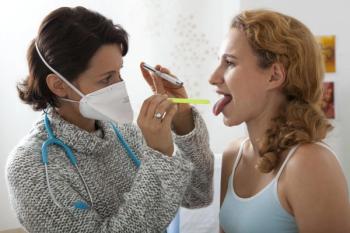
What does it look like when a health system switches from 'containment' to 'mitigation'?
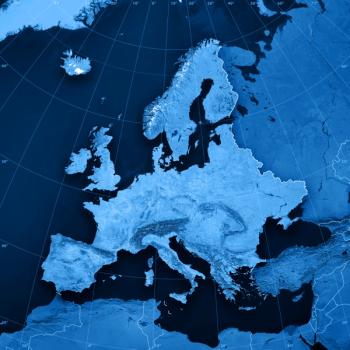
The European Union is rethinking its approach to border crossings as the region deals with the COVID-19 pandemic.
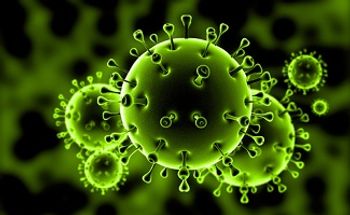
A new paper describes how one Singaporean hospital responded to the 2003 severe acute respiratory syndrome (SARS) outbreak, and how those lessons can inform the response to the current pandemic.

Many of the features of telemedicine are well-suited for helping patients with COVID-19 while minimizing the risk to health care workers.
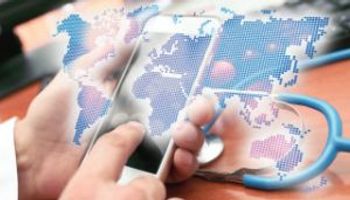
A mathematical model based on 4 publicly available data sets finds travel restrictions cut the rate of transmission in Wuhan, China. It also found that it likely takes several cases in a given location before the virus sparks an outbreak.
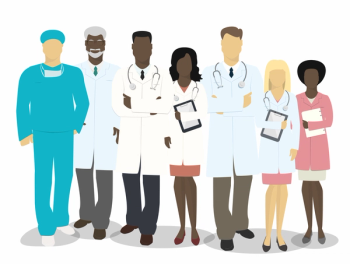
Health care workers dealing with the coronavirus pandemic face threats to their physical health as well as their mental health, experts say.

New York has had more than 100 cases of coronavirus. In anticipation of its spread, Gov. Andrew Cuomo has signed a bill that would boost funding, testing, and other prevention measures.